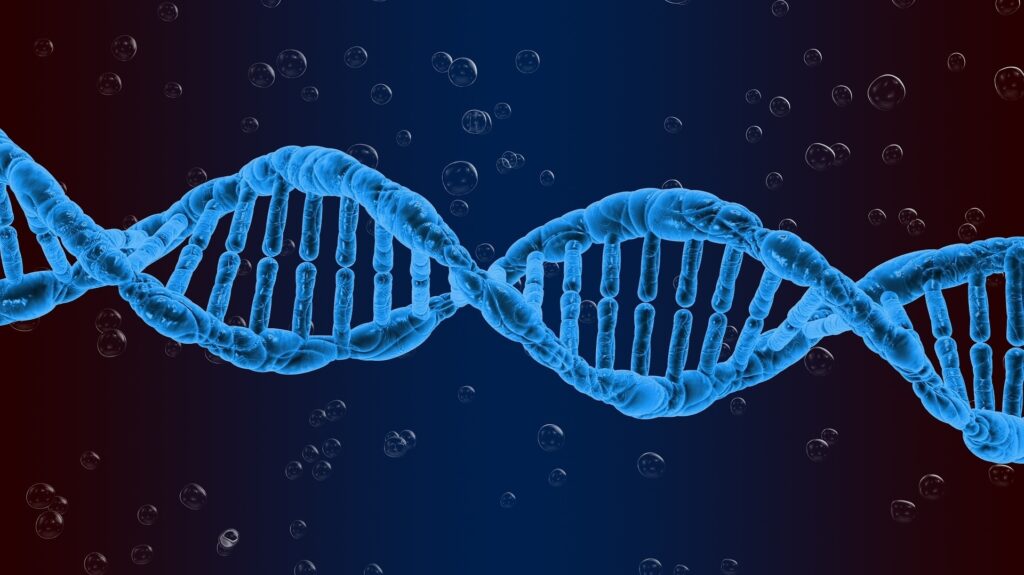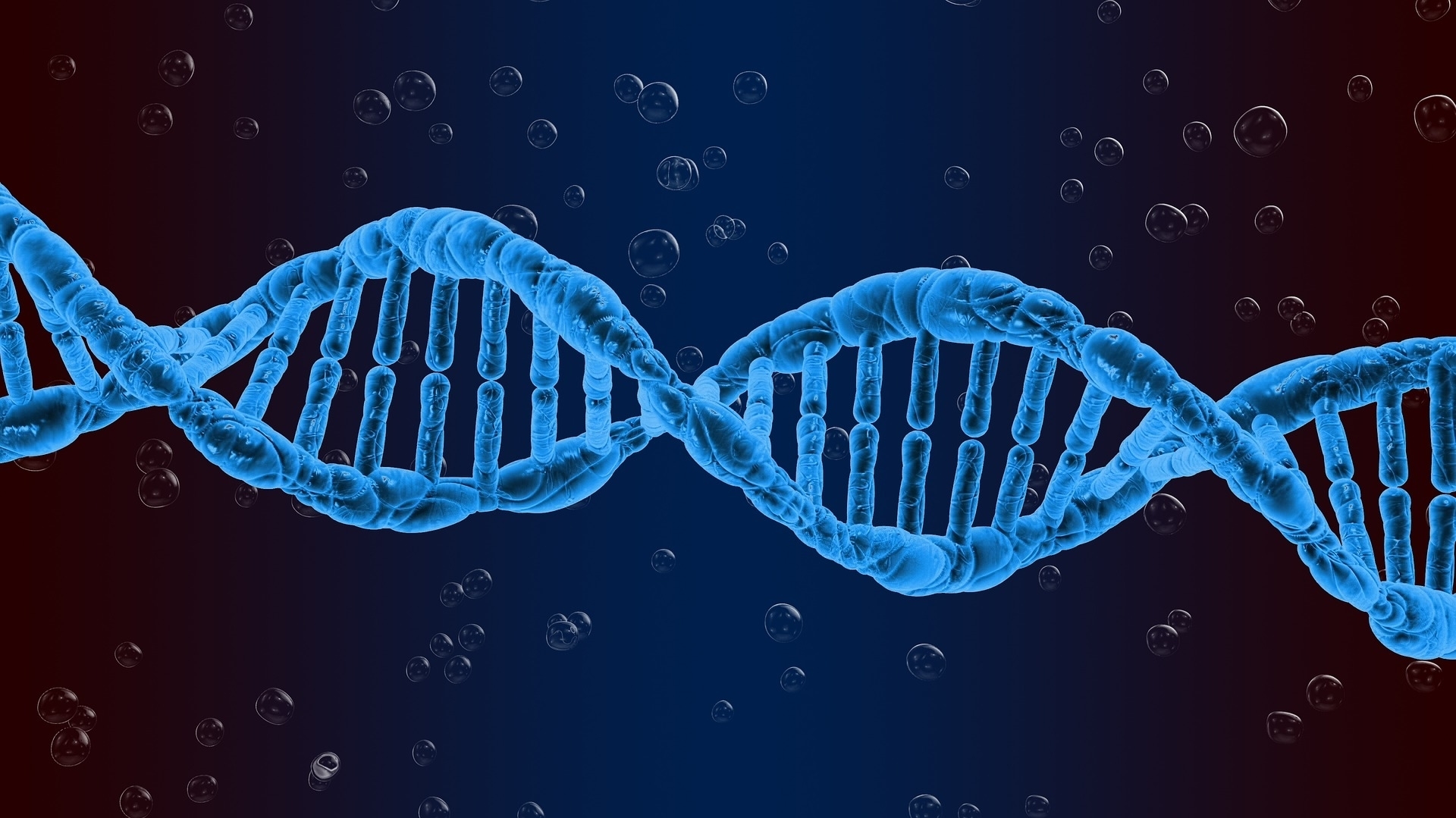
Every living organism is dependent on particular proteins to exist in this universe. This is where a macromolecule known as DNA stores all the necessary information required to ensure that life goes on unaltered in its composition.
It passes on to the genetic information from generation to generation across all the cells of the body. But which nucleic acid is the blueprint of life and why? Is DNA alone capable of being termed as a genetic carrier from one organism to the other? To find out, read on!
What is DNA?
DNA, also known as deoxyribonucleic acid, is a polynucleotide that is composed of a chain of nucleotides. This biomolecule present in the chromosomes is responsible for carrying genetic information in every living being, including some viruses. As these are located in the nucleus of the cell, they are also called nuclear DNA (nDNA).
Structure of DNA
A general DNA molecule is a double helix-like structure that has two strands in a loop with spiral winding. It is made up of 4 separate nucleotides, each of which has a phosphate residue and one of the four bases (adenine, cytosine, guanine, and thymine).
These bases fit together to form base pairs where A matches with T and G matches with C. The particular order in which a DNA strand finds these base pairs becomes its DNA sequence. While the other strand obtains a complementary DNA sequence to complete the DNA structure.
This thus becomes the base of the DNA blueprint of life. To protect the bases present in the molecule from reacting with other substances, it is tightly coiled around itself.
DNA in Eukaryotes
In eukaryotes, including plants, animals, and fungi, the DNA blueprint is extracted from their nucleus, thus called nuclear DNA. Here the DNA molecule is present as chromatin threads in the given nucleus. While some part of it is also present in the mitochondria or the powerhouse of the cell.
For plants, algae, and the organisms that photosynthesize, the DNA molecule is present in the chloroplasts or plastids. These are also called cpDNA. While the DNA molecule here can be about a few centimeters long, the nucleus is still in micrometers.
Thus, to store it in the nucleus, it is compressed or packed using chromatic proteins. The proteins form nucleosomes around which the DNA is wrapped at the smallest packaging level. This is how the DNA blueprint stays intact in such microscopic organisms.
DNA in Prokaryotes
For bacteria and other molecules with no nucleus, the DNA molecule resides in the cytoplasm. Here, the DNA molecules are supercoiled using enzymes into circular coiled structures.
Reading the DNA Sequence
DNA has its double helix structure coiled in a highly complex way to keep the bases inside secure. This is important to keep the DNA blueprint of life secure and unhindered. However, to read the DNA sequence, it is necessary to unzip or tear apart the DNA.
This can be achieved by using RNA Polymerase that can split the DNA molecule and read the bases. It then creates one single RNA strand where the base Uracil is used instead of Thymine. Thus, the original T pairs are made with U now.
The DNA blueprint thus gets stored in the RNA permanently, which it can use to extract the protein synthesis information. These are referred to as mRNA too.
Construction of structures using DNA blueprint
The messenger RNA thus developed connects to the ribosomes present in the cell. From the part where it is combined with amino acids, the mRNA transfers the information onto the ribosome.
While RNA is a mere one to one translation of the bases, the creation of amino acids is quite different. For the creation of the proteins, three bases of RNA are examined together. Also, the subsequent three base sequences obtained are the amino acids that further link up to create protein.
This way, the DNA sequence or the DNA blueprint of life is transferred to the mRNA chain. It then provides the ribosome with the necessary base sequences to synthesize the protein. Lastly, protein construction is carried on to build the body of the organism accordingly.
Summing up
DNA contains the information required for the synthesis of every body part of a particular organism. Thus, when the required information is received and extracted by the ribosome, it can build the entire body structure accurately with a mere DNA sequence. Hence, this macromolecule is rightly called the DNA blueprint of life.
